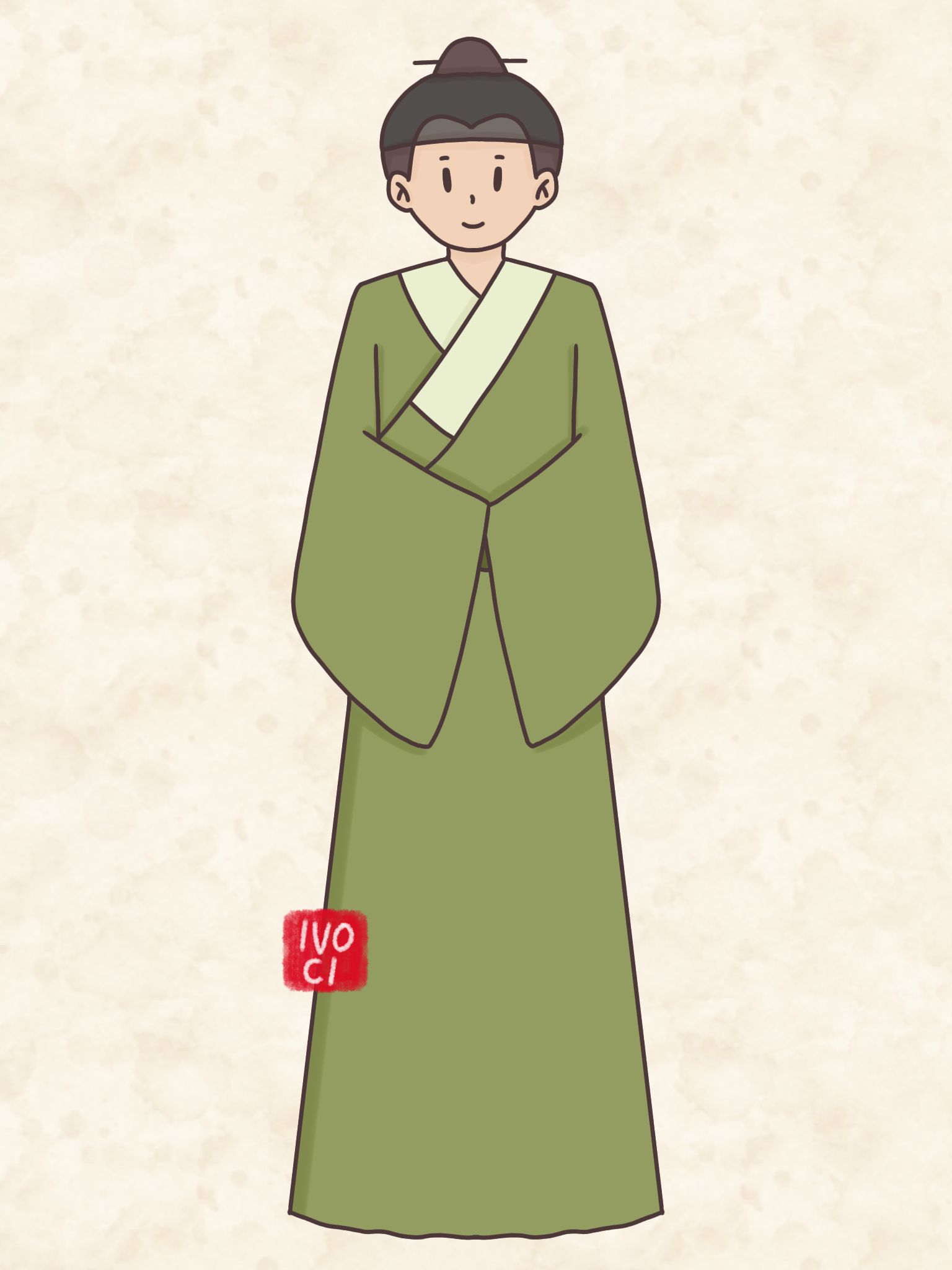Wangjin 网巾, Ming Dynasty Net Headwear
Wangjin (Chinese: 网巾 ; pinyin: wǎng jīn) is a net headwear worn by adult males to wrap their hair, and Wangjin is one of the symbols of the Ming dynasty costume and headwear system.
Wangjin is usually made of silk net, has a kind of small rings (called Guanzi) on either side of the ear.
It is said that the origin of Wangjin is that Ming Taizu (Zhu Yuanzhang) saw a Taoist priest with Wangjin wrapped around his head, and asked the Taoist priest. The Taoist answered the function and meaning of Wangjin: “It’s called Wangjin. Wrap it around your head, and all your hair will be neat.”
Satisfied with what it meant ‘world unification’, Zhu Yuanzhang ordered the entire country, regardless of occupation, that adult men must wear the Wangjin and not disobey the order.
As a result, Wangjin formed a complete industry during the Ming dynasty.
Wangjin was generally woven with black silk, horsetail, brown silk, and other materials, and became with human hair and horsehair in the Wanli period.
Adult men who did not wear a Wangjin were considered “uncivilized” tramps, and men would wrap their heads in Wangjin during the coronation ceremony.
Influenced by the Ming dynasty crown (headwear) system, countries such as Korea, Vietnam, and the Ryukyu Kingdom also used Wangjin.
Origin
Wangjin is a kind of net cover that was originally a Taoist garment and is mostly made of cloth and silk as the end of the net.
There was a pair of metal rings on the side, and a silk rope of suitable thickness was used for tying.
Use
When wearing it, you only need to open the net mouth and cover it on your head, put all your hair into the net, and pull the rope closer.
At the top of the Wangjin, there is a small hole, which is used for the hair bun.
Meaning
The Ming dynasty people gave it the cultural meaning of ‘unifying the world’, ‘unifying the mountains and rivers’, and ‘unifying the harmony of the heavens’.


Leave a Reply